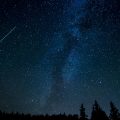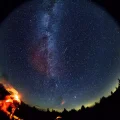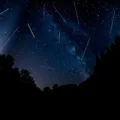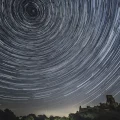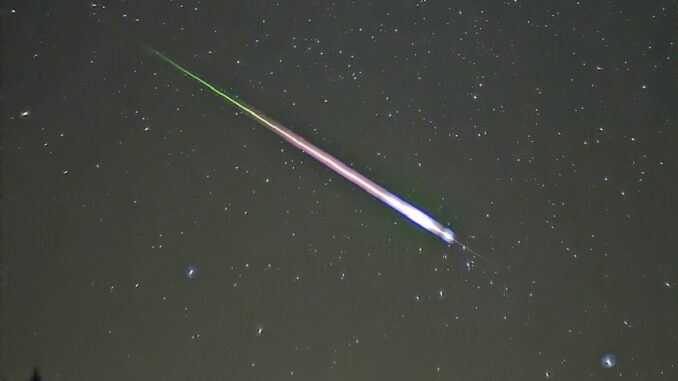
Meteor Showers grace the sky
Celestial enthusiasts and stargazers are in for a treat as two meteor showers, the Delta Aquariids and Alpha Capricornids, are set to grace the night sky during the evenings of July 30 and 31. Fox 19 reports that although the Delta Aquariids are ideally observed from the Southern Hemisphere, they will still be visible in the Northern Hemisphere, particularly in the southern regions of the United States. However, the brightness of a 95 percent full moon might pose a challenge for optimal viewing. Nonetheless, the Alpha Capricornids, known for their potential to produce awe-inspiring fireballs, could manage to outshine the moon, though they will appear lower on the horizon. The prime viewing time for both meteor showers is around 2 a.m.
The Delta Aquariids and Alpha Capricornids are meteor showers caused by the Earth’s passage through the debris left behind by comets as they orbit the Sun. They create the breathtaking streaks of light we know as meteors or “shooting stars.” These celestial displays have captivated the human imagination for centuries, inspiring stories wishes, and a sense of wonder about the vastness of the universe.
Meteor showers occur throughout the year
These showers occur throughout the year, with some being more prominent and offering a higher number of meteors. The Delta Aquariids typically peak from late July to mid-August, and the Alpha Capricornids peak from late July to early August.
To make the most of meteor shower sightings, it’s essential to find a location away from artificial lights, preferably in rural or suburban areas with clear, unobstructed views of the sky. Patience is key, as meteor showers can have periods of increased activity interspersed with lulls. Additionally, allowing your eyes to adjust to the darkness for about 20-30 minutes will help you see more meteors. The dark hour before dawn is often considered the best time to observe meteor showers, as the sky is darkest, and the chances of spotting these celestial wonders are higher.
During peak times, meteor showers can produce a fantastic display, with dozens of meteors streaking across the sky each hour. Although the moon’s brightness may somewhat dim the visibility this time, the Alpha Capricornids could still put on a show, treating observers to mesmerizing fireballs that may outshine their lunar counterparts.

